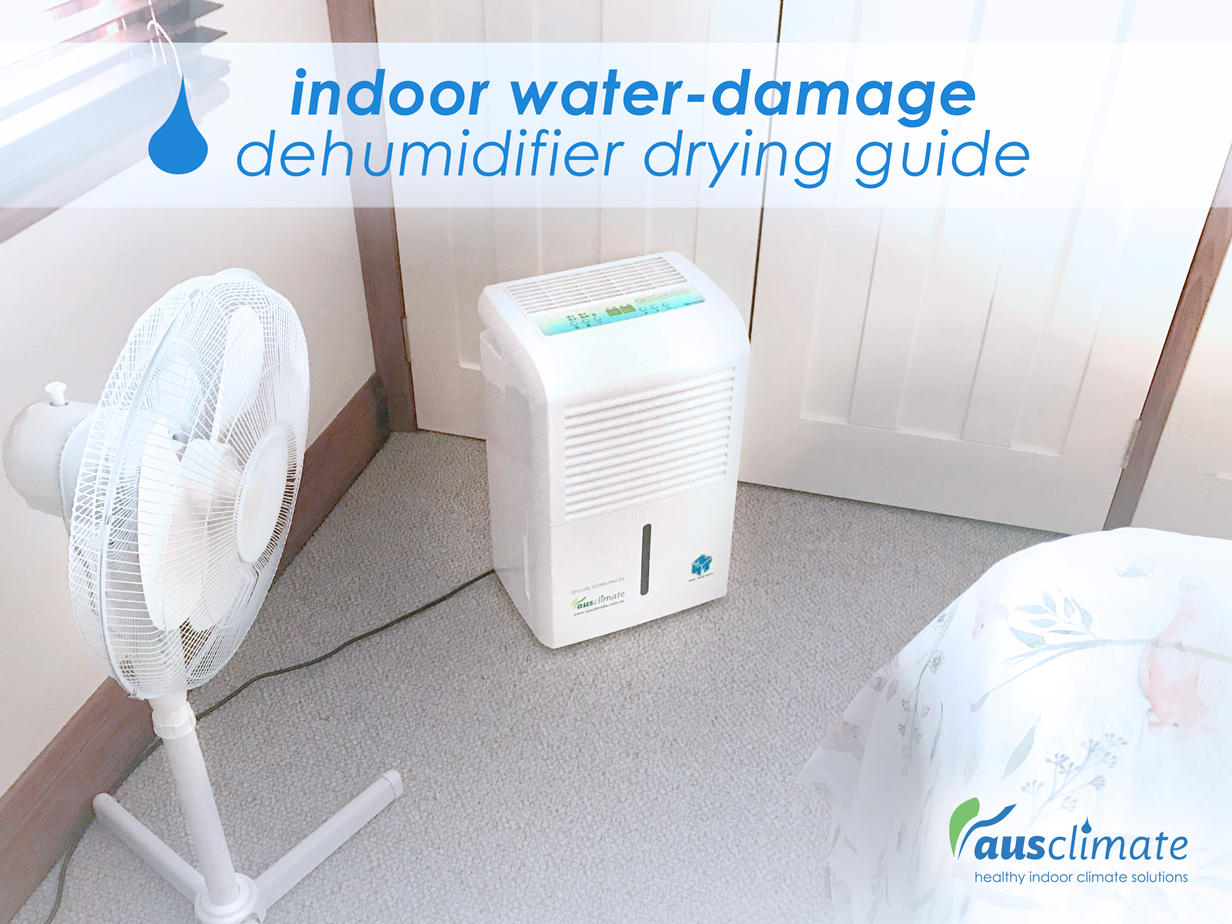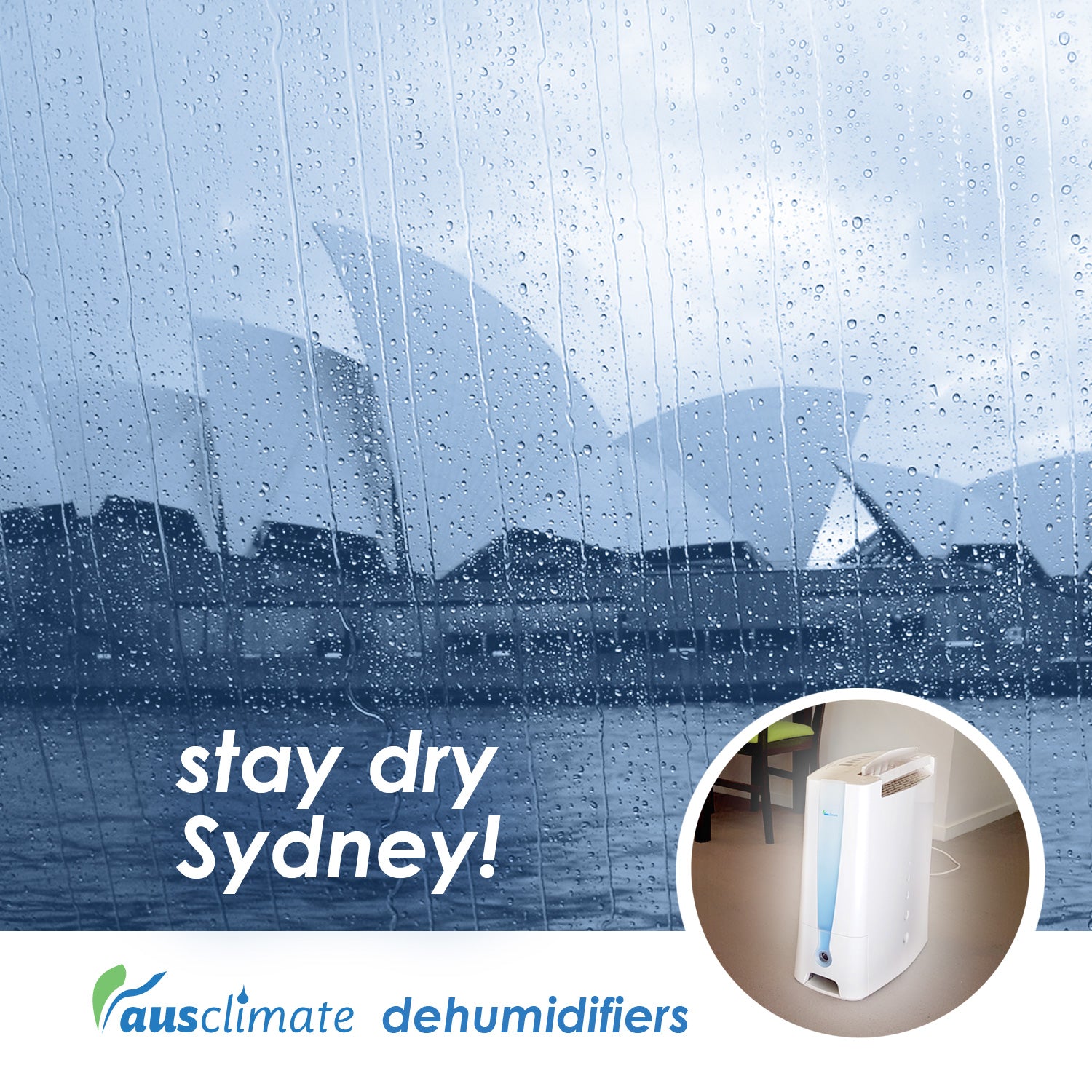Sydney has copped a serious amount of rain today with flooding in many areas. It can be heartbreaking for anyone to wake up to some form of flooding, even smaller amounts of water damage in your home can really get you down. If you've experienced non-major water damage to floors, carpet or even in your car then we're happy to offer some handy tips to dry it right out.

How to Use a Dehumidifier to help Dry
A quality dehumidifier is an excellent aid in actively removing moisture from a room (up to 50 litres per day). Dehumidifiers are especially great at drying deep, embedded moisture. For example, in addition to being excellent at drying carpets, if you have water-logged wooden floors or skirting boards, a dehumidifier can pull that moisture right out of the wood.
Here are some handy tips to dry those damp or water-logged areas most effectively with your dehumidifier.
Timing: Time can be of the essence in these situations, as mould can start to grow within 48 to 72 hours in moist or water-logged materials. So try to act as fast as possible, (while keeping safe).
Quick Tips:
- Use towels to soak up any excess water. If the carpet is damp, then fold the towel over a few times and stand on it to draw the water up (preferably use a white towel as you don’t want the dye from a new coloured towel to 'bleed' into the carpet). Keep doing this until you can't get any more water out. You will be surprised even how dry the top of the carpet feels after doing this.
- Place your dehumidifier into the room, close all windows and doors and turn the dehumidifier on to the lowest humidity setting (30% is preferable). If you have any fans, make sure to turn these on too. Air circulating in the room with the dehumidifier running will speed up the drying process.
- Depending on the situation, it may take anywhere from 24 hours to a matter of days running your dehumidifier continuously to dry everything properly. (Remember to keep your doors and windows closed during this drying process.)
Important note: this guide is intended for minor water damage only, (not major flooding). If in doubt call a professional.
If you have any questions, please don’t hesitate to get in touch and if you would like to find out more, you can take a look right here: Ausclimate Dehumidifiers.
Always happy to help!
Cheers,
Allan Bryan
Ausclimate Co-founder




Leave a comment
This site is protected by reCAPTCHA and the Google Privacy Policy and Terms of Service apply.